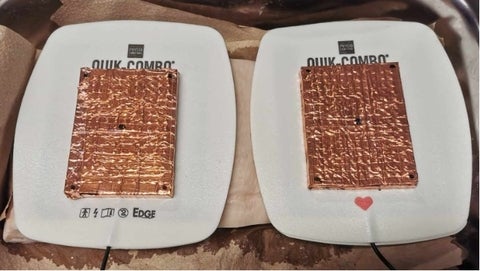A Sudden Cardiac Arrest (SCA) is a life-threatening situation caused when the heart suddenly stops pumping blood because of a sudden triggered event or prolonged associated health condition. According to the SCA foundation, SCA causes roughly 356,000 deaths in the US annually and is one of the leading causes of death worldwide. Within minutes, a person will go from a state of proper function to brain death if timely intervention is not provided. Their survival critically depends, amongst other things, the access to an Automatic External Defibrillator (AED). Unfortunately, the vast majority (69.8%) of SCA’s occur at home making timely intervention extremely difficult. Despite substantial progress having been made to improve device reliability, user friendliness, reductions in both size & weight, traditional AEDs are just too large for the normal everyday individual to carry around. For these individuals who may have a heightened risk of SCA, it is of utmost importance that the AED be as close to them as possible so that the chances of a timely intervention are maximized, like those who carry an epinephrine device for anaphylaxis.

Our goal is to create a pocket-sized AED via a reduction in battery, capacitor, and associated electrical control architecture. As the electrode-body interface is highly resistive in nature, traditional AEDs apply a high ampere of current for a short duration of several milliseconds which may negatively cause localized pain and/or burn. Yet only a small part of the energy is delivered to the heart muscles since the bulk of the resistance is across the skin. As such, the goal of this research focuses on addressing the key aspect hindering the realization of a pocket-sized device, the electrode-body interface. In this research, the design of a smart pad with microneedles that bypass the transthoracic skin impedance barrier along with embedded intelligence so that each array of needles may be precisely controlled for monitoring and optimal delivery, is thoroughly explored.

